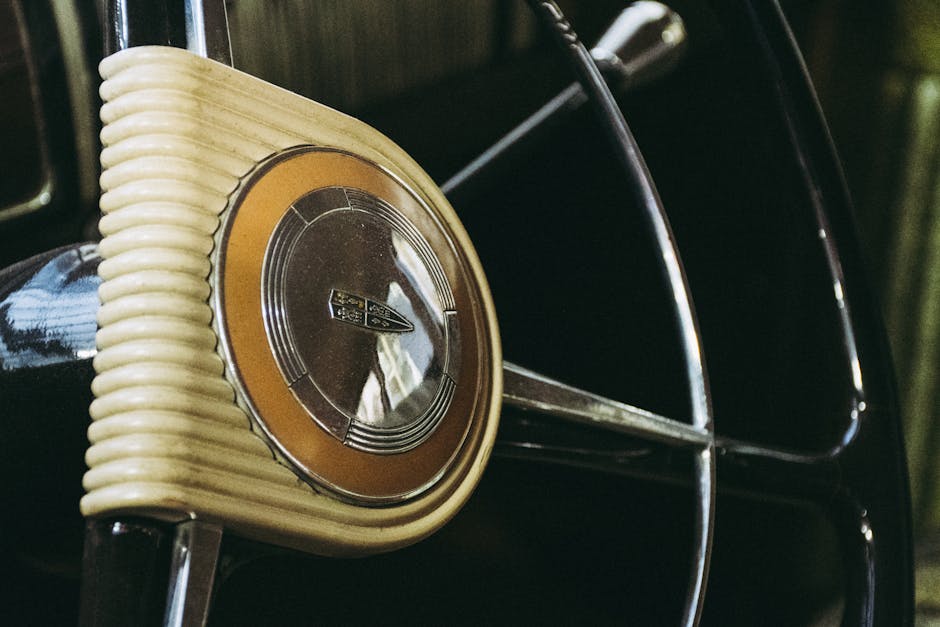The Evolution of Antique Car Shows: Then and Now

Antique car shows have a rich history, evolving from small gatherings of enthusiasts to large-scale events attracting thousands of spectators and collectors. These shows not only celebrate the craftsmanship and design of vintage vehicles but also serve as social hubs for car aficionados. The transformation of antique car shows over the years reflects broader changes in automotive culture, technology, and community engagement.
The Early Days: 1950s to 1970s
In the early days, antique car shows were modest affairs, often organized by local car clubs or enthusiasts. These events were primarily about showcasing the beauty and mechanical ingenuity of classic cars. Participants would drive their vintage vehicles to local parks or fairgrounds, where they would be displayed for public admiration.
During this period, the focus was on preservation and restoration. Car owners took pride in maintaining their vehicles in original condition, often spending countless hours and resources on meticulous restorations. The cars were judged based on authenticity, with an emphasis on originality rather than customization.
These early shows laid the foundation for a growing community of antique car enthusiasts. They provided a platform for exchanging knowledge about restoration techniques and sourcing rare parts. Enthusiasts formed tight-knit communities, bonded by their shared passion for classic automobiles.
Growth and Expansion: 1980s to 1990s
The 1980s and 1990s saw significant growth in the popularity of antique car shows. As interest in classic cars expanded, so did the scale and scope of these events. Larger venues were chosen to accommodate increasing numbers of participants and spectators.
During this era, corporate sponsorship began to play a role in organizing these shows. Major automotive brands recognized the marketing potential of aligning themselves with antique car culture. This influx of sponsorship money allowed for more elaborate events, including live music, food vendors, and family-friendly activities.
The judging criteria also evolved during this period. While originality remained important, there was a growing appreciation for customizations that enhanced performance or aesthetics without compromising the vehicle's historical integrity. Categories like "Best Custom" or "People's Choice" were introduced to reflect this broader range of interests.
The Digital Revolution: 2000s to Present
The advent of digital technology has had a profound impact on antique car shows. Online communities and social media platforms have made it easier for enthusiasts to connect and share information about upcoming events. Websites dedicated to classic cars provide forums for discussion, as well as marketplaces for buying and selling vintage vehicles and parts.
This digital shift has also influenced how shows are organized and promoted. Event organizers use social media campaigns to attract larger audiences and engage with participants before, during, and after the show. Live streaming allows those who cannot attend in person to experience the event virtually.
Additionally, technology has improved the judging process. Digital scoring systems ensure greater accuracy and transparency in evaluations. Spectators can even participate by voting online for their favorite cars in various categories.
Modern Trends: Sustainability and Inclusivity
In recent years, there has been a growing emphasis on sustainability within the antique car community. Events now often include educational segments on eco-friendly practices in vehicle restoration and maintenance. Some shows have introduced categories for electric conversions of classic cars, blending vintage aesthetics with modern technology.
Inclusivity is another important trend shaping contemporary antique car shows. Efforts are being made to attract a more diverse audience by featuring a wider range of vehicles from different cultures and eras. Organizers are also creating spaces that are accessible to people with disabilities, ensuring that everyone can enjoy the beauty of classic automobiles.
Key Differences: Then vs Now
| Aspect | Then | Now |
|---|---|---|
| Event Size | Small local gatherings | Large-scale events with thousands of attendees |
| Sponsorship | Minimal corporate involvement | Significant corporate sponsorship |
| Judging Criteria | Focus on originality | Includes originality, customization, and public voting |
| Technology Use | Basic organizational tools | Advanced digital promotion and judging systems |
| Sustainability Focus | Limited awareness | Emphasis on eco-friendly practices and electric conversions |
The Future of Antique Car Shows
The future looks bright for antique car shows as they continue to adapt to changing times while preserving their historical roots. Hybrid events combining physical presence with virtual participation are likely to become more common. This approach not only broadens accessibility but also introduces younger generations to classic car culture through digital engagement.
- Sustainability: Expect greater integration of eco-friendly practices in restorations.
- Diversity: More inclusion of international vehicles.
- Technology: Enhanced use of augmented reality (AR) for interactive experiences.
- Younger Audiences: Initiatives aimed at involving younger generations in appreciating vintage cars.
- Cultural Exchange: Increased collaboration between international car clubs.
The evolution of antique car shows mirrors broader societal trends towards sustainability, inclusivity, and technological integration while maintaining a deep respect for automotive heritage.
This dynamic blend ensures that these beloved events will continue to thrive, captivating audiences with the timeless allure of vintage automobiles.